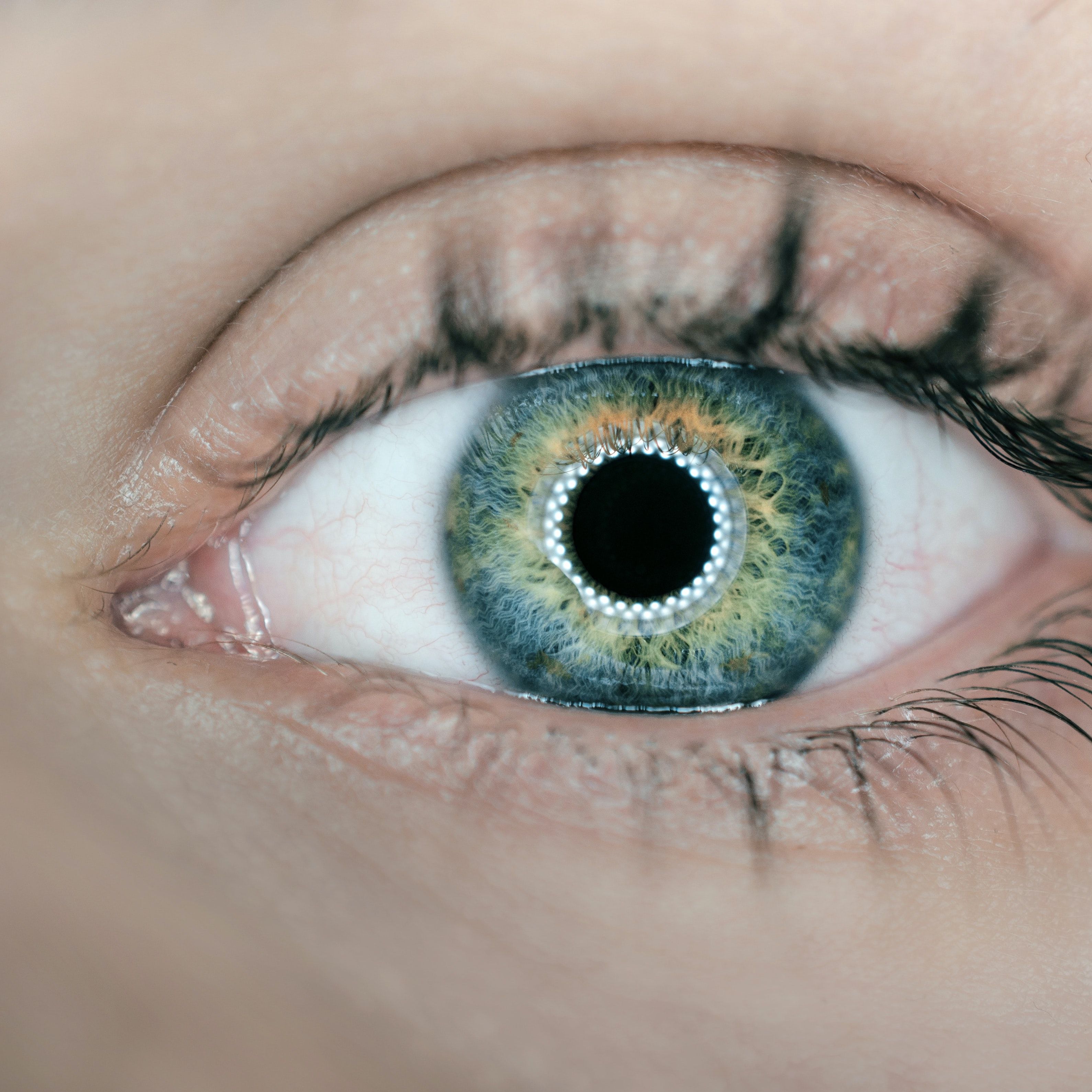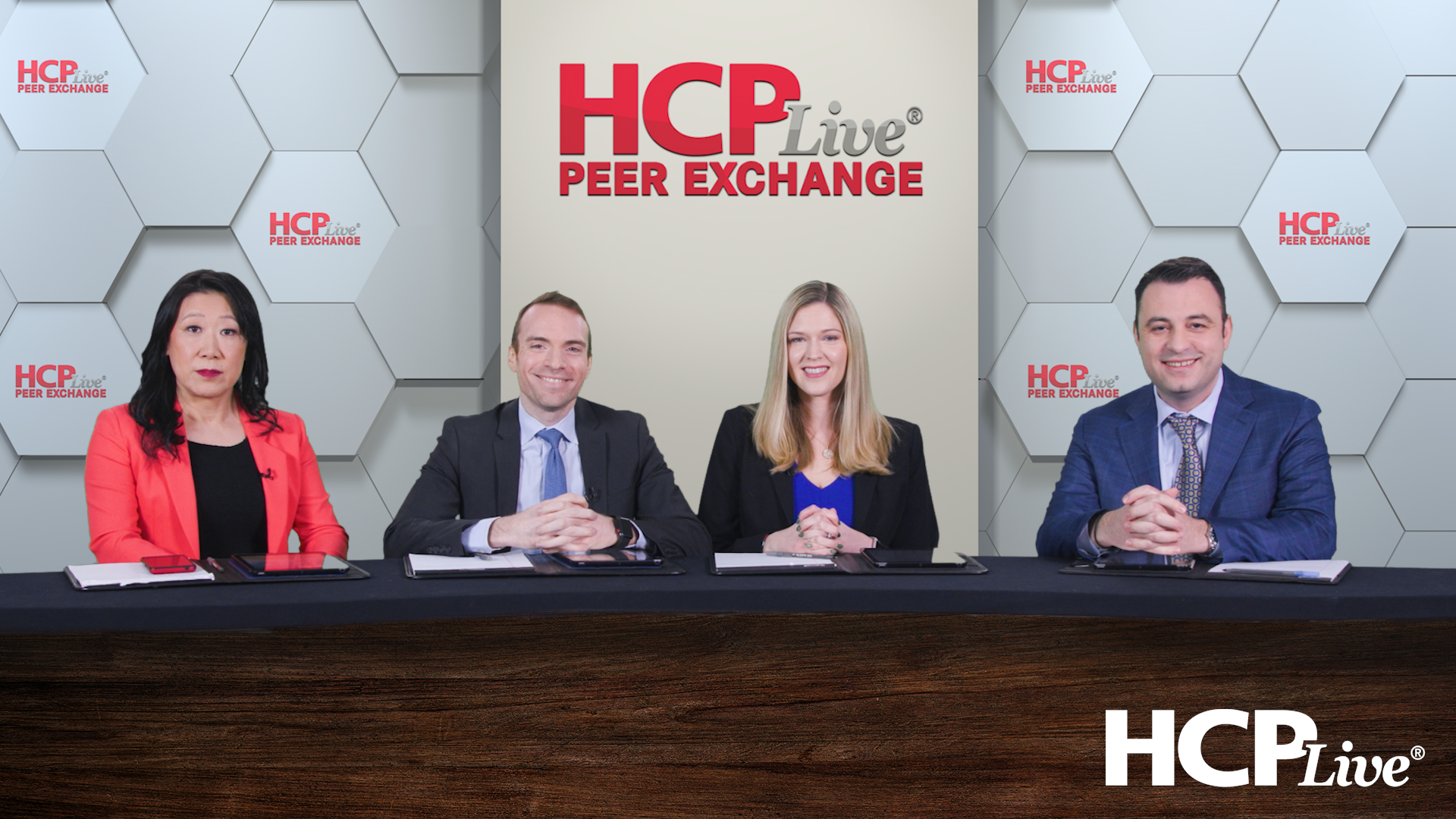News
Article
9 Biosimilars for Intravitreal nAMD, DME Treatment
Author(s):
A number of biosimilar options to treat the common retina diseases are in development globally. Here’s a highlight of 9 with supporting late-stage data.

As frequently covered on HCPLive, an inherent challenge in the management of chronic, progressive conditions like vision loss due to age-related macular degeneration (AMD) or diabetic macular edema (DME) is assuring cost of treatment is effective as it is feasible.
A recent review from a multinational team of investigators highlighted a series of anti-vascular endothelial growth factor (VEGF) therapy biosimilars either in development or available for the management of AMD and/or DME. Here are 9, of which each is an biosimilar of aflibercept or ranibizumab.
Aflibercept (Eylea) Biosimilars
SB15 (Samsung Bioepis)
From phase 3 trial data completed in March 2022, SB15 was assessed in 224 patients with neovascular age-related macular degeneration (nAMD), compared to originator aflibercept (n = 225). Among the aflibercept arm, 111 were switched to SB15 at 32 weeks.
Investigators reported a least-squares (LS) mean change of 6.7 (0.56) letters in best corrected visual acuity (BCVA) among patients treated with SB15, versus 6.6 (0.57) among the aflibercept arm, at 8 weeks (LS, 0.1; 95% CI, 1.3 – 1.4). After the switching period at week 32 and up to week 56, 70 (36.5%) of patients treated with SB15 reported a treatment-emergent adverse event (TEAE), versus 31 (29.8%) patients on aflibercept.
MYL-1701P (Biocon Biologics and Momenta Pharmaceuticals)
Though the full results from the phase 3 trial assessing MYL-1701P relative to aflibercept for the treatment of patients with diabetic macular edema (DME), investigators did note from safety data that the biosimilar was associated with fewer non-serious AEs (n = 53 [29.8%]) than aflibercept (n = 61 [34.7%]); however, a greater rate of serious AEs did occur in the biosimilar arm (31 [17.4%] vs 23 [13.1%]).
Ranibizumab (Lucentis) Biosimilars
CKD-701 (Chong Kun Dang)
The Korea-based ranibizumab biosimilar was assessed for BCVA loss of <15 letters compared to ranibizumab for patients with nAMD at 3 months. Investigators reported a risk difference of -0.66% with CKD-701 (1.52%; 95% CI, -3.63 to 2.32), with 143 (97.95%) achieving the primary outcome with the biosimilar, versus 143 (98.62%) of those receiving originator ranibizumab.
FYB201 (Cimerli, Coherus BioSciences)
Along with a reached primary outcome of insignificant BCVA difference between the FYB201 arm (n = 238) and ranibizumab arm (n = 239) at week 8, investigators reported consistent BCVA changes between the arms at week 48, as well as mean reduction in fundus-controlled perimetry (FCP) retinal thickness and foveal central subfield (FCS) thickness over the same treatment period.
LUBT010 (Ranieyes, Lupin)
Not only did a consistent rate of patients with nAMD treated with LUBT010 achieve a score of <15 lost ETDRS letters per BCVA compared to the ranibizumab arm at 90 days—the biosimilar treatment arm was associated with a greater rate of patients to do so (99.9% vs 98.9%; 95% CI, -3.3 to 5.4).
What’s more, a lesser rate of patients administered LUBT010 reported treatment-emergent AEs (n = 18 [17.8%]) than patients administrered ranibizumab (n = 31 [30.7%]).
Razumab (INTAS Pharmaceuticals)
Patients with nAMD administered razumab achieved an improved mean ETDRS letter score of 76.1 at week 8, compared to 45.4 at baseline. Comparatively, those receiving ranibizumab achieved a score of 75.9, compared to 47.3 at baseline. Investigators observed no ocular nor systemic AEs, including signs of immunogenicity, in either treatment arm.
R-TPR-024 (RanizuRel, Reliance Life Sciences)
All 53 (100%) patients with nAMD receiving ranibizumab achieved the primary outcome of <15 letters lost in ETDRS at 16 weeks from baseline, compared to 104 (98.11%) patients receiving R-TPR-024 (P = .31). Those rates stayed consistent at 24 weeks, at which time, 16 (15.1%) patients receiving the biosimilar reported ≥1 TEAE, versus only 5 (9.4%) patients receiving originator ranibizumab.
SB11 (Byooviz™/Amelivu™, Samsung Bioepis)
SB11 showed noninferiority to ranbiziumab in patients with nAMD for 8-week outcomes including change in BCVA and computed score tomography (CST), as well as 52-week changes in the same outcomes. Approximately three-fourths of patients in either treatment arm experienced any TEAE at 52 weeks; ocular TEAEs occurred in 112 (32.0%) of patients receiving SB11 and 105 (29.7%) of patients receiving ranibizumab.
XSB-001 (Ximluci, STADA)
Among 292 patients with nAMD receiving the biologic, mean BCVA change was 4.6 letters from baseline to week 8, an LS mean difference of -1.8 (95%, -3.1 to -0.5) compared to ranibizumab originator. At 52 weeks, the mean treatment difference had narrowed to a statistically insignificant -1.5 (95% CI, -3.6 to 0.7). Additionally, investigators reported a statistically insignificant difference in central foveal thickness (CFT) scores between the treatment arms in that time.
References
- Kunzmann K. Ajay E. Kuriyan, MD, MS: Patient-centric Needs in Retina Therapy. HCPLive. Published July 22, 2018. https://www.hcplive.com/view/ajay-e-kuriyan-md-ms-patientcentric-needs-in-retina-therapy
- Bressler NM, Kaiser PK, Do DV, et al. Biosimilars of anti-vascular endothelial growth factor for ophthalmic diseases: A review. Surv Ophthalmol. Published online March 21, 2024. doi:10.1016/j.survophthal.2024.03.009


















